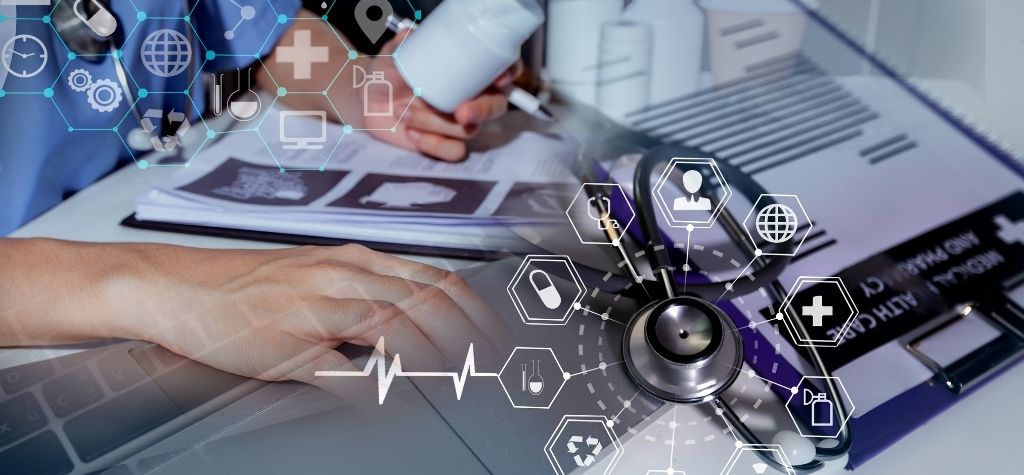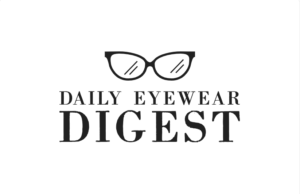Eye-tracking technology, once a niche tool for scientific research and elite gaming, is now branching into everyday industries. It works by measuring where and how long a person looks at various points using cameras, infrared sensors, and advanced software algorithms. As eye-tracking devices become more accurate and affordable, their real-world applications are expanding beyond entertainment into critical fields that shape how we live, work, and learn.
Medical and Healthcare Applications

One of the most impactful uses of eye-tracking tech lies in healthcare. Eye movements can serve as indicators of neurological health, allowing doctors to detect issues like Alzheimer’s disease, Parkinson’s disease, or even concussions. Tracking irregular eye patterns offers a non-invasive way to diagnose and monitor cognitive disorders.
Assistive Technology for People with Disabilities
For individuals with limited mobility or speech impairments, eye-tracking opens up new worlds. Devices like Tobii Dynavox enable users to communicate, browse the internet, or control smart home devices using only their eyes. It’s a powerful step toward inclusivity, giving autonomy and independence to those with conditions like ALS, cerebral palsy, or spinal cord injuries.
Market Research and Advertising
Advertisers and marketers are leveraging eye-tracking to decode consumer behavior. By understanding which parts of an ad draw attention first—or go unnoticed—companies can optimize design, placement, and messaging.
Whether it’s evaluating how users interact with a billboard, a website, or a product display, eye-tracking provides hard data on attention spans, emotional triggers, and visual journeys that no focus group could reveal.
Automotive Safety and Driver Monitoring Systems
Many modern vehicles now include eye-tracking-based driver monitoring systems. These systems check for signs of fatigue, drowsiness, or distraction by analyzing blink rates and gaze direction.
If the system detects inattention, it can trigger alerts or even intervene to prevent accidents. This tech is becoming increasingly vital in autonomous vehicle development and next-gen road safety initiatives.
Education and Learning Environments

In the classroom or during remote learning, teachers and platforms can use eye-tracking to measure engagement. Are students actually reading the material? Are they zoning out during key concepts?
In digital platforms, this data can personalize learning experiences, highlight confusing areas, and make online education more interactive and effective.
UX/UI Design and Product Development
For developers and designers, eye-tracking provides insights into how users navigate software, websites, or mobile apps. Eye-movement heatmaps show which elements attract attention and which are ignored.
This helps in refining layouts, improving usability, and creating intuitive user experiences. Whether for an e-commerce store or a mobile banking app, the right design can make or break user retention.
Security and Biometric Authentication
Eye-tracking is increasingly being used for security applications, such as gaze-based authentication or iris scanning. Unlike fingerprints or passwords, eye patterns are extremely hard to replicate, offering an additional layer of biometric security.
Furthermore, eye-based systems can detect attempts at spoofing—like someone trying to fool facial recognition with a photo—making them valuable for high-security environments.
Sports Performance and Training
Elite athletes are using eye-tracking tech to fine-tune their performance. By understanding where an athlete looks during gameplay, coaches can identify weaknesses in focus, decision-making, or reaction time.
For example, a tennis player might improve their return game by optimizing visual tracking of the ball. In high-speed sports, even a microsecond advantage can make a huge difference.
Aviation and Military Training

In high-stakes fields like aviation and defense, situational awareness is everything. Eye-tracking is used in pilot training simulators to ensure that trainees are scanning critical instruments and maintaining environmental awareness.
In military simulations, it helps evaluate stress responses and reaction accuracy, ensuring readiness and reducing human error in complex scenarios.
The Future of Eye-Tracking Technology
The next frontier for eye-tracking lies in augmented and virtual reality. As AR/VR devices grow more popular, integrated eye-tracking will enable more immersive experiences, reduce latency, and improve visual realism.
We’re also seeing integration into consumer wearables like smart glasses, allowing for hands-free navigation, health tracking, and even adaptive content delivery.
Ethical Considerations and Privacy Concerns
As with any data-driven technology, eye-tracking raises important ethical questions. Eye movement data can reveal personal preferences, attention patterns, and even emotional states.
It’s crucial that developers and companies handling this data do so with transparency, informed consent, and strong security measures. Regulations and industry standards are still catching up with the tech’s potential.
Frequently Asked Questions (FAQs)
1. Can eye-tracking really diagnose diseases?
Yes, it’s being used to detect neurological disorders like Parkinson’s and Alzheimer’s through subtle changes in eye movement patterns.
2. Is eye-tracking technology expensive?
Costs have decreased significantly, with many consumer and professional-level devices now available at accessible prices.
3. How does eye-tracking improve education?
It helps educators understand student engagement and tailor content for more effective learning.
4. Are there any risks to using eye-tracking?
Generally, no. It’s a non-invasive technology. The main concerns are related to data privacy and ethical use.
5. Can I use eye-tracking on my smartphone?
Some advanced smartphones and apps already include basic eye-tracking for screen navigation or attention detection.
6. What industries benefit most from eye-tracking?
Healthcare, automotive, education, advertising, defense, and tech development are among the top beneficiaries.
Conclusion: A World Beyond Gaming
While eye-tracking gained fame in the gaming community, its potential reaches far beyond. From saving lives in hospitals to making roads safer and classrooms smarter, eye-tracking technology is quietly revolutionizing how we interact with the world.
The next time you hear about eye-tracking, think not just of headshots and leaderboards—but of classrooms, hospitals, cars, and cutting-edge innovation.

